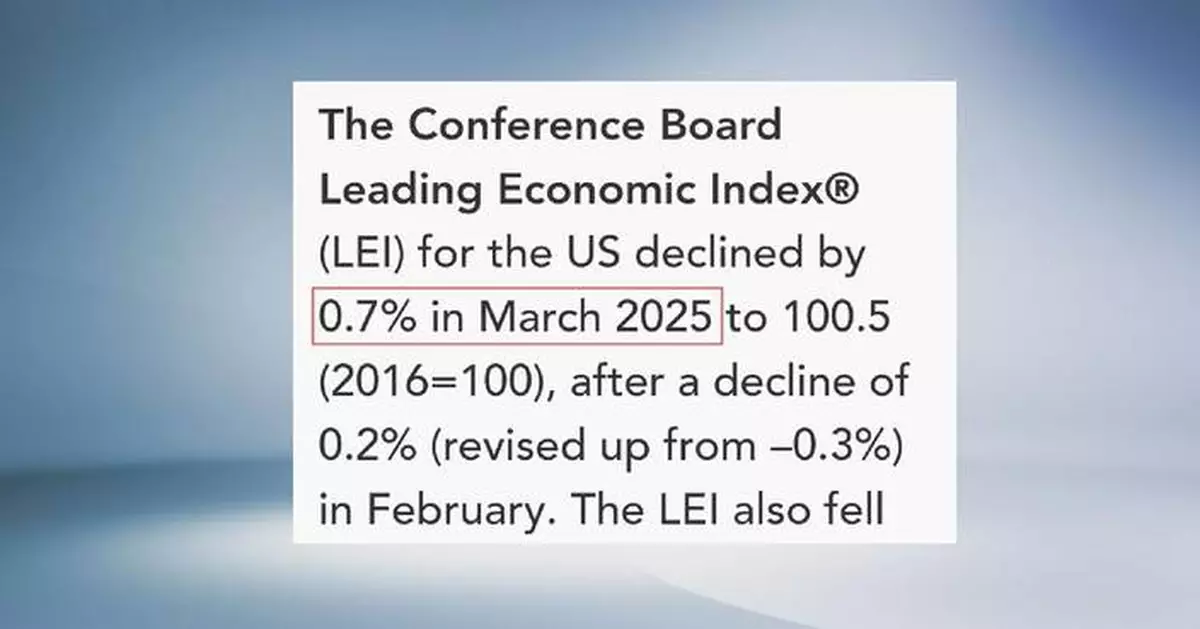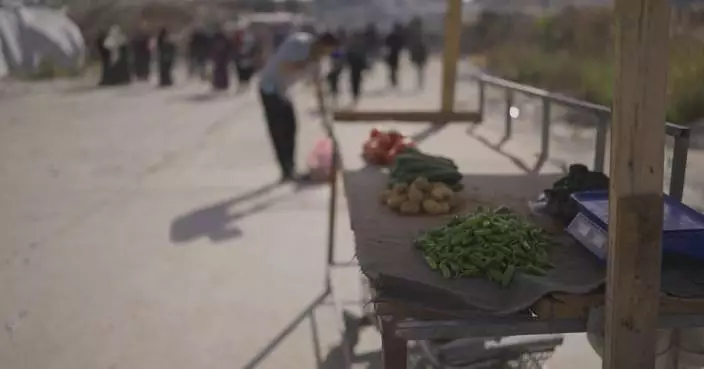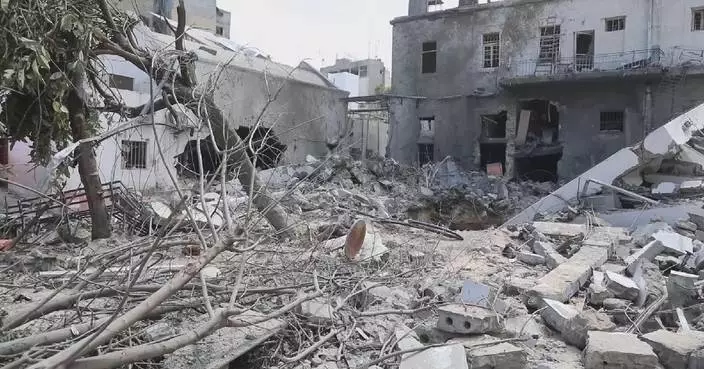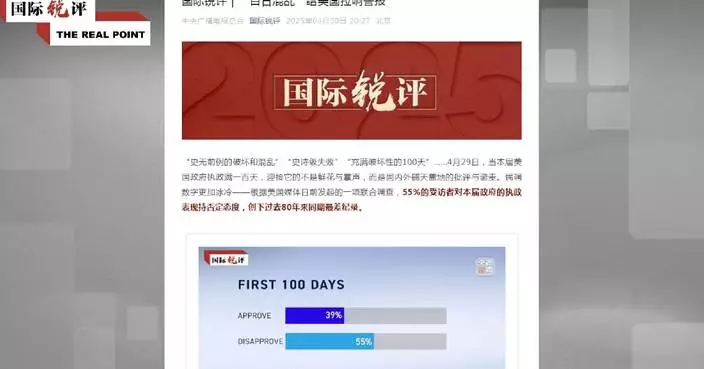The U.S. Leading Economic Index (LEI), a key gauge of future business activity, fell 0.7 percent in March, its largest monthly decline since late 2023, the Conference Board said on Monday.
The Conference Board is an independent, non-profit, economic research body that is tasked by the U.S. Department of Commerce to produce and publish the LEI every month.
The drop in the LEI underscores growing concerns over the economic impact of ongoing policy uncertainty, particularly regarding tariffs. Analysts say ambiguity surrounding trade and tariff measures has weighed on both consumer sentiment and business investment.
The data comes as U.S. President Donald Trump intensifies pressure on the Federal Reserve to accelerate interest rate cuts, further unsettling markets.
The S and P 500, Nasdaq Composite, and Dow Jones Industrial Average all ended Monday's session in the red, reflecting rising investor unease over the outlook for growth. In currency markets, the U.S. dollar index — which tracks the greenback against a basket of six major peers — slipped to 97.92, its lowest level since March 2022.
Meanwhile, gold prices surged to record highs, with both international gold futures and spot prices exceeding 3,500 U.S. dollars per ounce on Tuesday, driven by demand for safe-haven assets amid growing economic uncertainty.
Torsten Slok, chief economist at Apollo Global Management, warned on Monday that persistently high tariffs could push the U.S. economy into a downturn, saying that the odds of a two-quarter contraction in output stand at 90 percent, with GDP falling by 4 percentage points. He said he was certain the U.S. will fall into a recession this year.
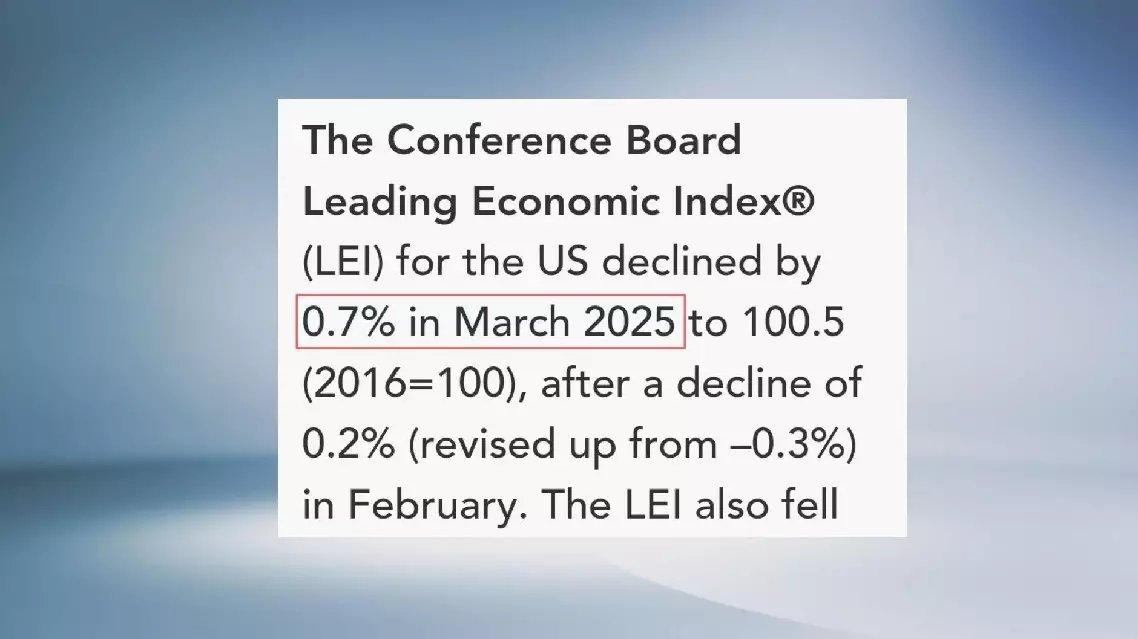
US Leading Economic Index posts sharpest drop since 2023 amid tariff uncertainty
A Chinese medical team is intensifying disease prevention efforts in Myanmar's Mandalay, to curb outbreak risks after a 7.9-magnitude earthquake struck the country in March.
Mandalay is among the hardest-hit regions and faces compounding crises including disrupted water supplies, overcrowded shelters, and degraded sanitation systems. Equipped with emergency medical supplies and equipment, the Chinese team with experts from the National Disease Control and Prevention Administration and the Center for Disease Control and Prevention, focuses on mitigating disease risks in quake-affected regions.
The 50-member team has conducted the second round of investigations at four shelter sites in the city. Their work includes mosquito-borne disease surveillance, environmental sampling, disinfection training, and post-disaster mental health support for survivors.
"Our epidemic prevention team has conducted monitoring and assessment of vector-borne organisms at each shelter site, and carried out environmental disinfection based on the monitoring findings to reduce vector density and thus minimize the risk of vector-borne diseases. We have also conducted regular monitoring of drinking water samples and sewage systems to identify signs of waterborne disease outbreaks early, enabling timely and effective intervention," said Chen Lei, deputy director of the National Disease Control and Prevention Administration's emergency response department and leader of the medical team. The Chinese medical tea has established collaboration mechanisms with Mandalay's provincial government and health department, providing specialized training to local medical personnel to enhance long-term resilience.
"We are very graceful to have the opportunity to participate in such technical training, where we have learned more professional knowledge beyond our regular work, understood what action we should take in such disasters, and what international standards and experiences are. To share such knowledge is very helpful for us to improve and make progress," said Thura Aung, a medical worker in Mandalay's Chanmyathazi Township.
The earthquake struck Myanmar on March 28, claiming nearly 3,800 lives and injuring more than 5,000 people, with 129 others still unaccounted for as of April 18, according to official data.
The team's deployment is part of China's ongoing post-disaster relief mission. Its trip marks China's second health and epidemic prevention aid mission to Myanmar. The first team returned on April 6 after a nine-day deployment.
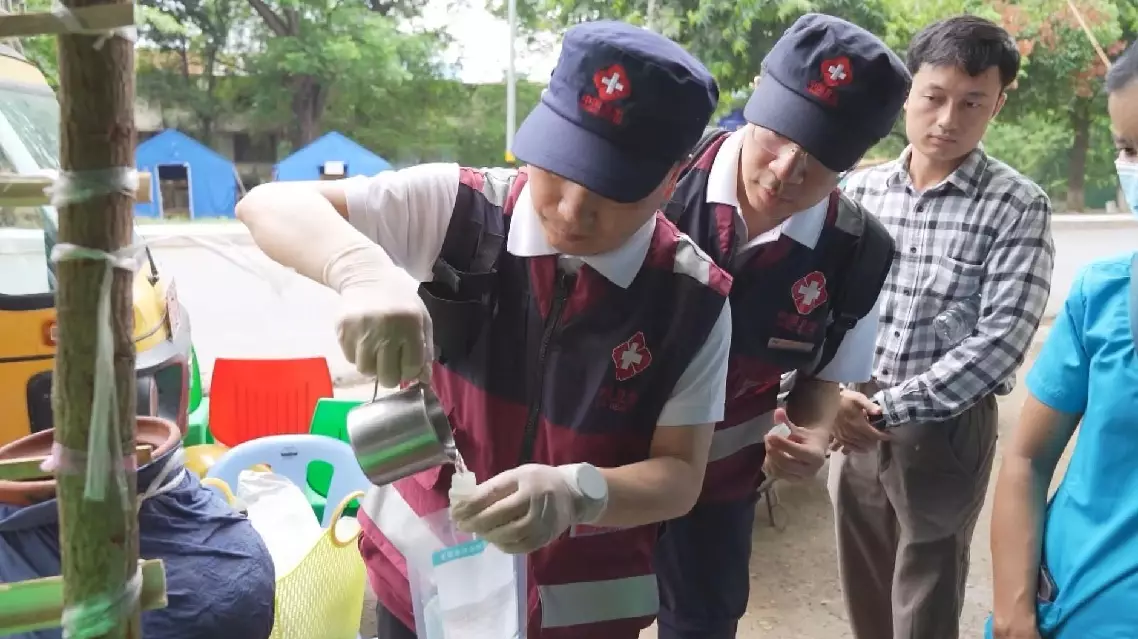
Chinese medical team bolsters post-quake disease control in Mandalay



